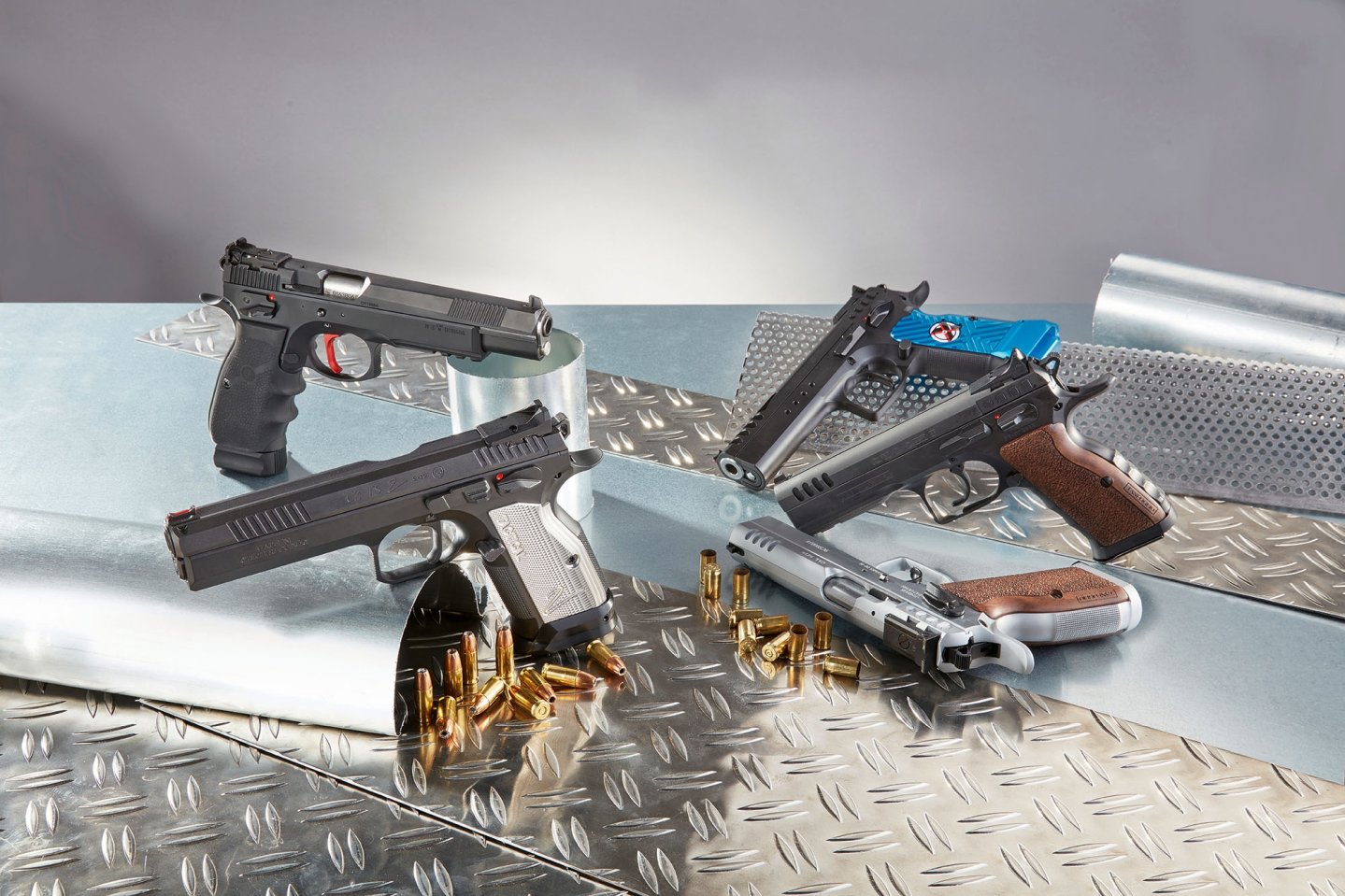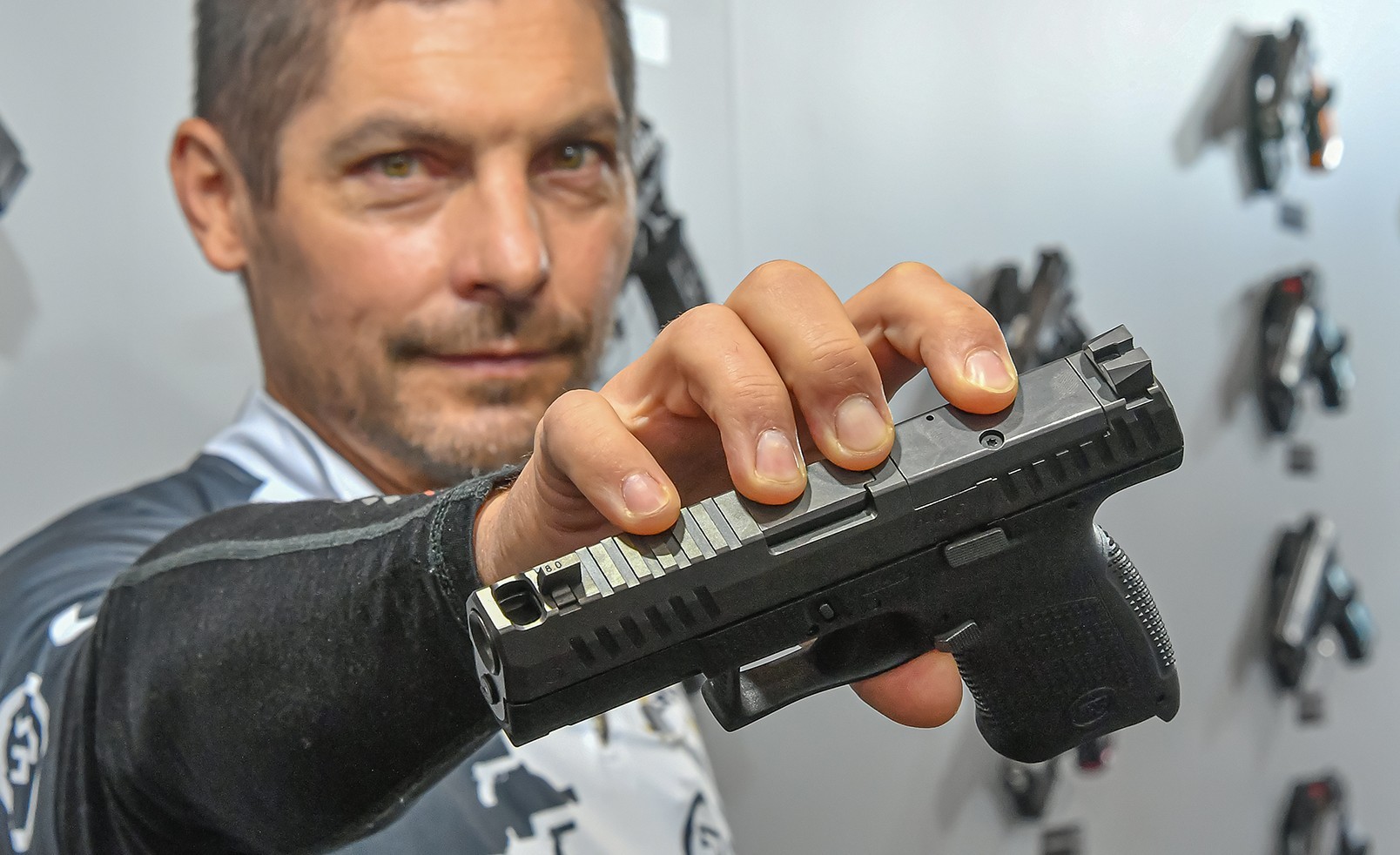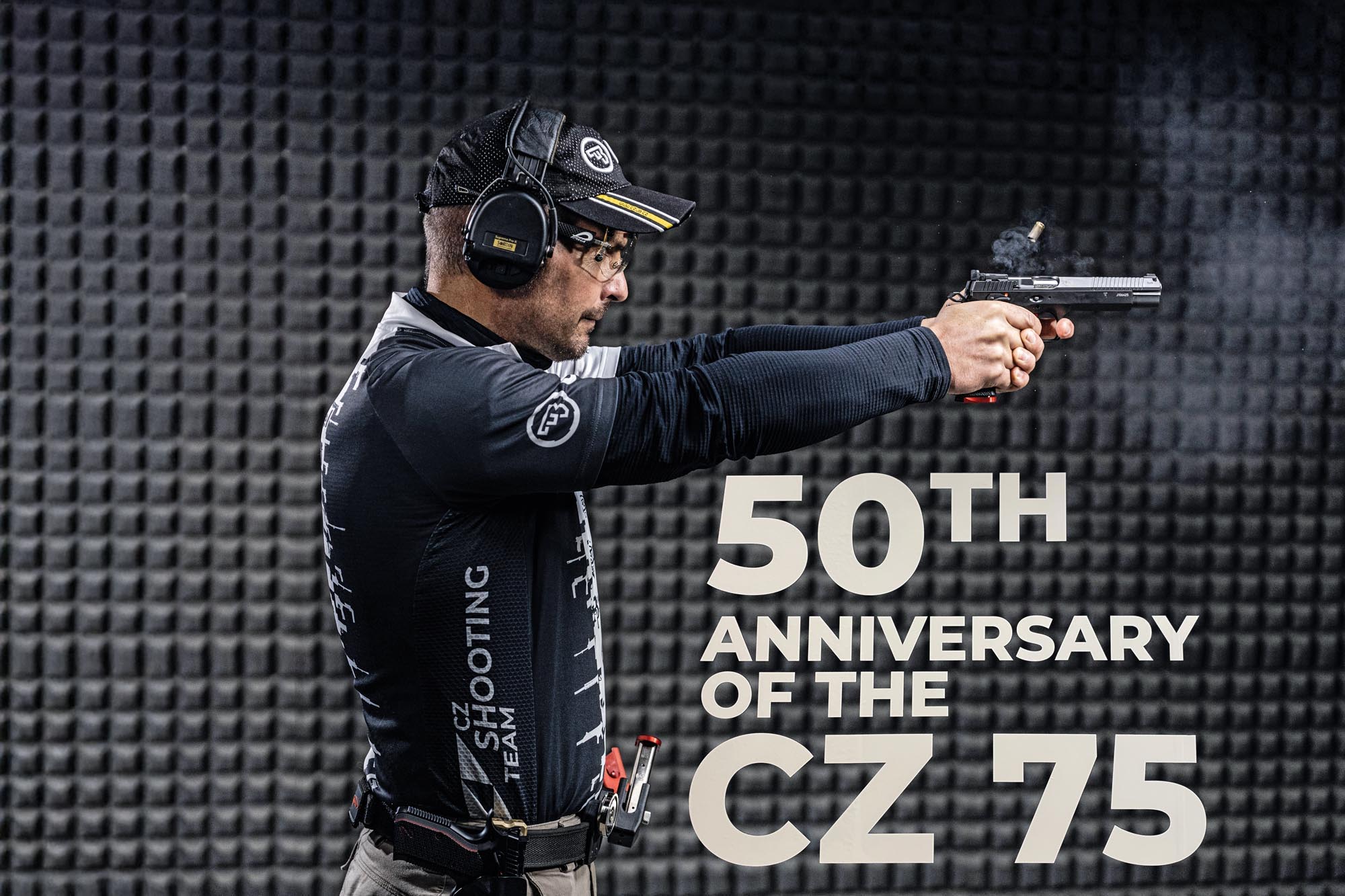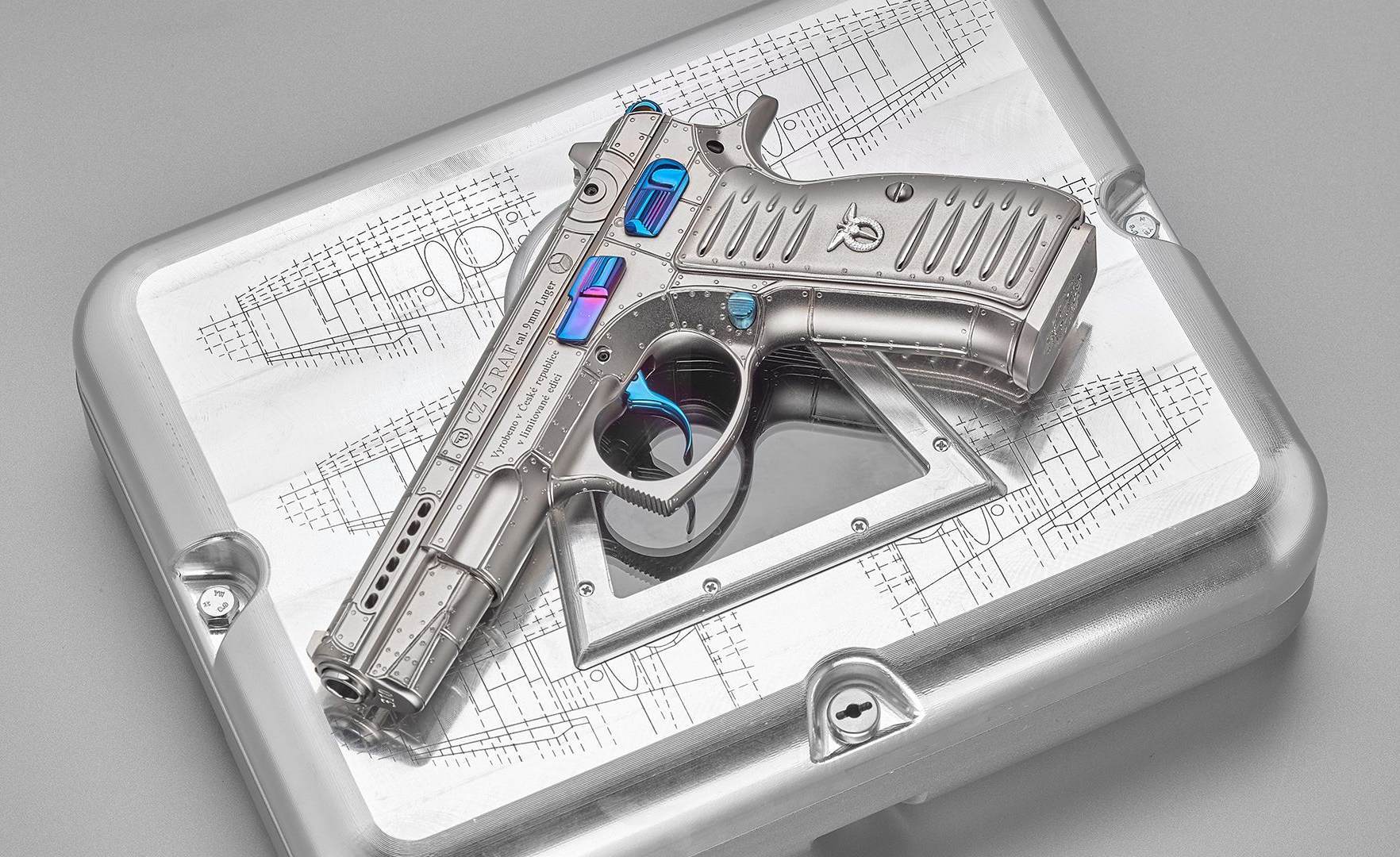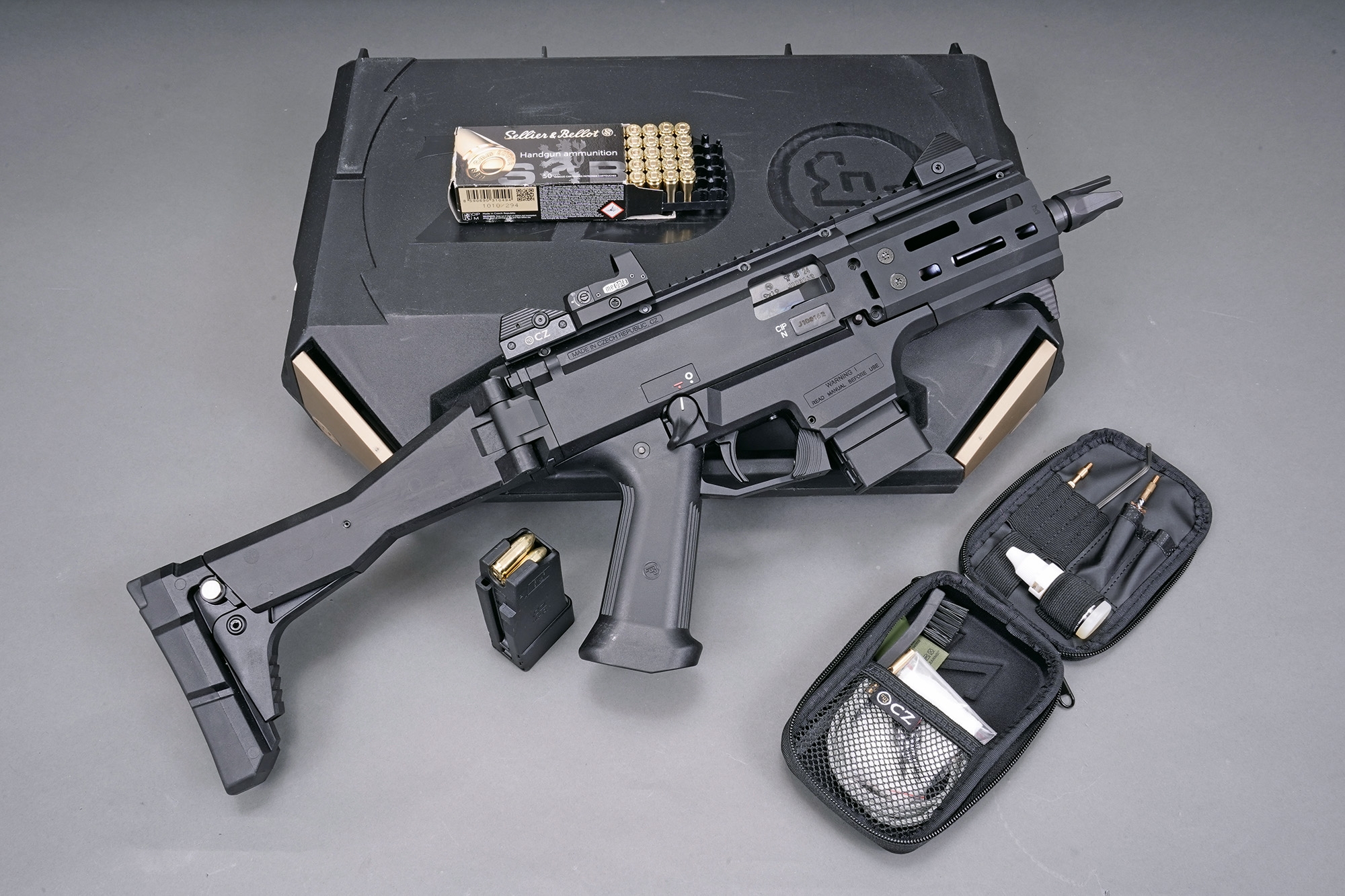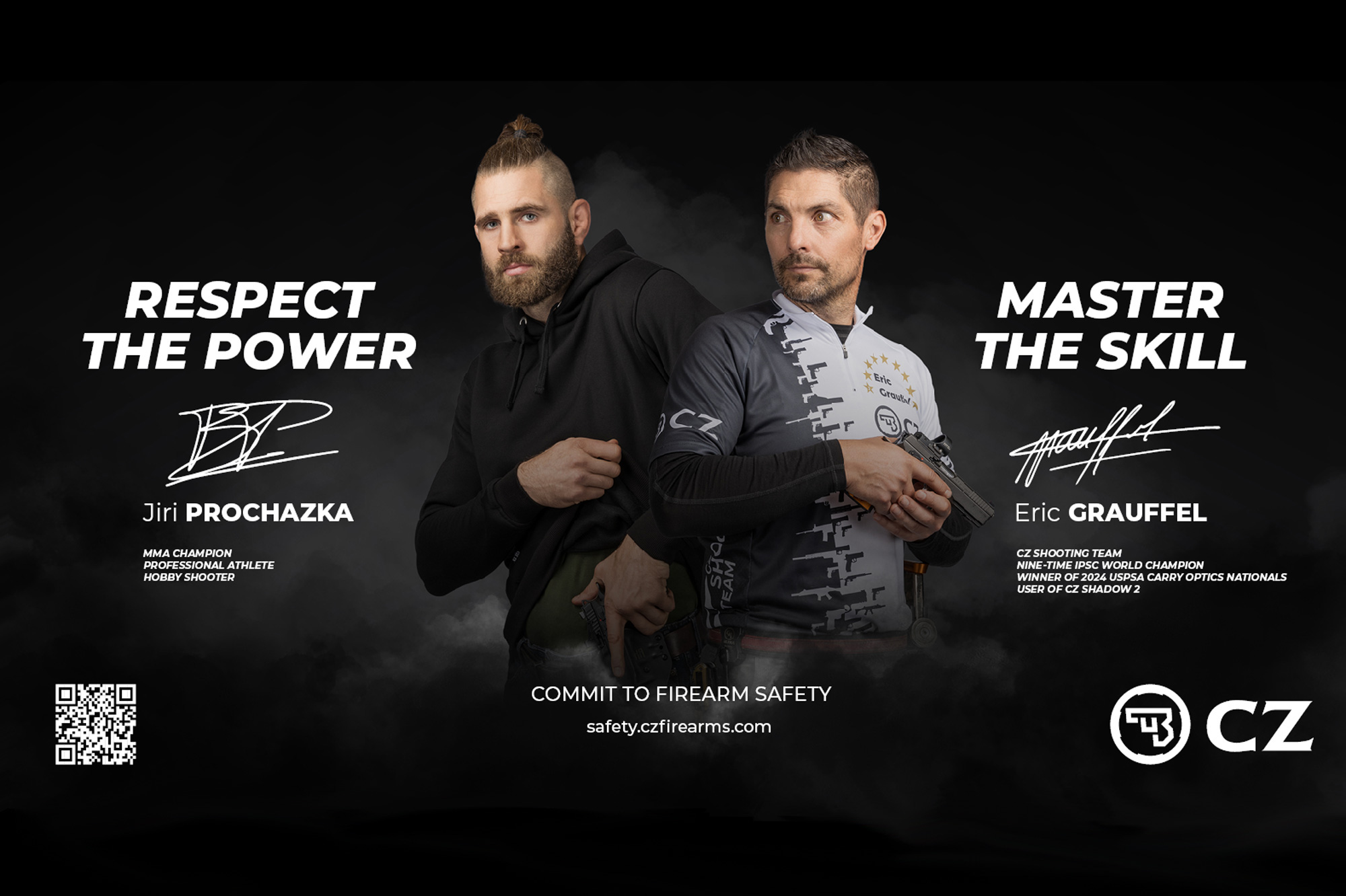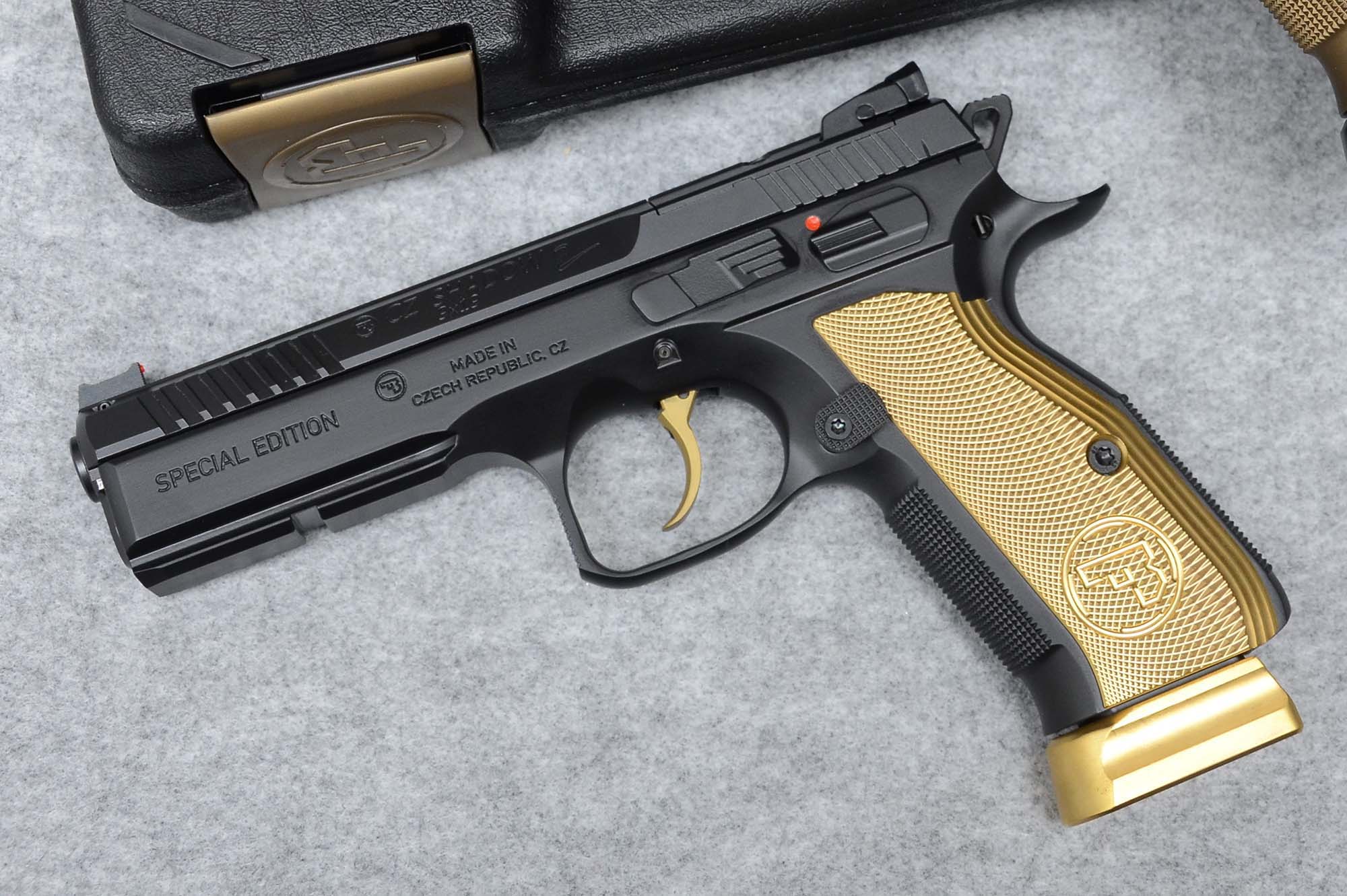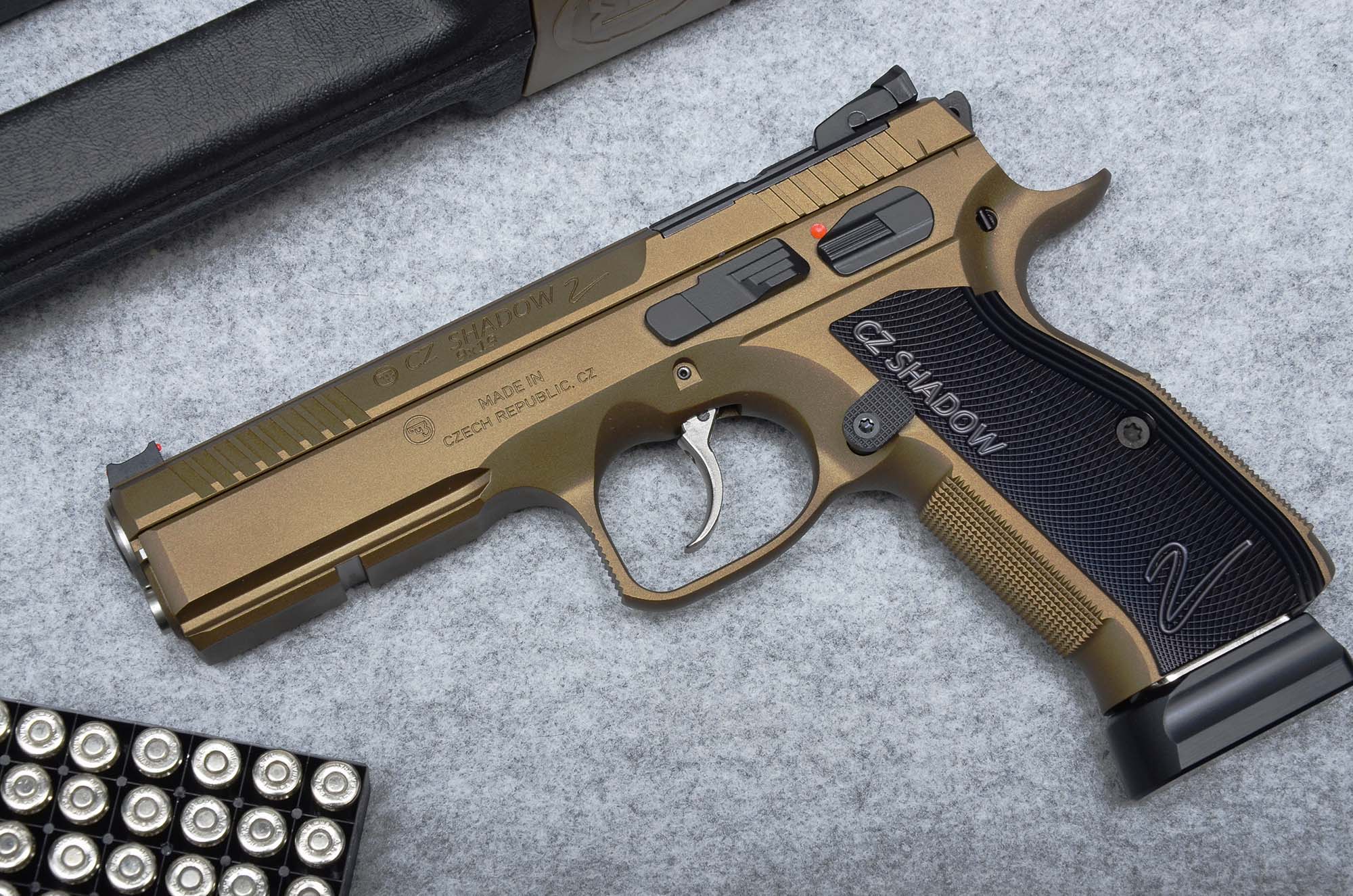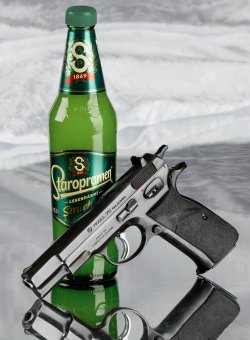
The pistols of the Czech company Česká Zbrojovka (CZ) are known all over the world today. The company was established in 1936 in Uherský Brod, in southeastern Moravia, and even then it was considered a modern factory that manufactured, among other things, machine guns for aircraft and, later, submachine guns. But it was the CZ 75 semi-automatic pistol that earned the company its perhaps legendary reputation. This design changed the gun world considerably from 1975 onward, bringing with it fundamental innovations that surpassed even the Belgian FN M 1935 High Power – at least in part. In addition to the then huge magazine capacity of 15 cartridges in 9x19 mm caliber, the all-metal pistol offered a double-action trigger and a significantly more ergonomically shaped grip compared to the FN High Power. Decades ago, the trade press was also struck by the forward-mounted thumb safeties, the spurless hammer and the internal slide rails. The responsible editor and current VISIER editor-in-chief Matthias S. Recktenwald wrote: "How good a design is is not only shown by the sales figures, but also by the number of imitators. For example: the CZ 75 9-para pistol is one of the most successful guns in its caliber, with over 350,000 sold, and has been copied by the English, Italians, Americans, Chinese, Israelis and Swiss."
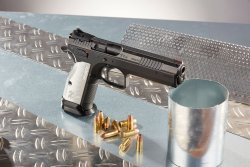
The colleague was to be proven right: in the meanwhile, the CZ 75 has long since broken the sound barrier of one million units made. And the Turkish company Canik and the North Koreans with the "Baek Du San" model also joined the ranks of the copycats. In 2018, the Swiss manufacturer Sphinx was replaced by the new company Phoenix, which specializes in high-quality versions with a hybrid frame for dynamic shooting disciplines. However, in addition to the global clone warriors of other manufacturers, CZ itself has always remained faithful to its 75 to this day. The current CZ 75 B model is visually very reminiscent of the company's own classic and now offers an automatic firing pin safety. In addition to the nostalgic flair, the CZ 75 B brings all the above-mentioned equipment points of the classic – even the grip panels that have been installed in the meantime still seem as inexpensive as the old ones. The fact that CZ cherishes its pure 75 series is proven not only by the fact that the pistol is still manufactured, but also by the new models that are released time and again. Just this year, the Czechs are supplying the market with the new CZ 75 P-01 Steel Black: a compact version of the 75 with a short tactical frame for double-stack magazines. In addition to the P-10/09/07 polymer series, today it is mainly the two Shadow and the two TS model series that represent the brand as all-metal designs for dynamic sports. Here, the Czechs are very successful in sporting terms with their pistols: At numerous continental or even world championships, they led shooters to the podium or even to the top of the championship. French IPSC shooter Eric Grauffel has also been shooting a CZ since 2019 – a Shadow 2. The top shooter carries several IPSC European and World Championship titles and switched from his long-time partner Tanfoglio to the Ceska Zbrojovka team last year. And at the last European Championship in Belgrade, Serbia, several shooters climbed the podium with Shadow 2 pistols: Eric Grauffel won the Production Division, Serbian and CZ teammate Ljubisa Momcilovic finished second, and Russian Maria Gushchina took third place in the Overall standings. All three of them shot one of the current Shadow 2 pistols. This came onto the market in 2016 as the successor to the established and popular Shadow 1 (it is still being made today).
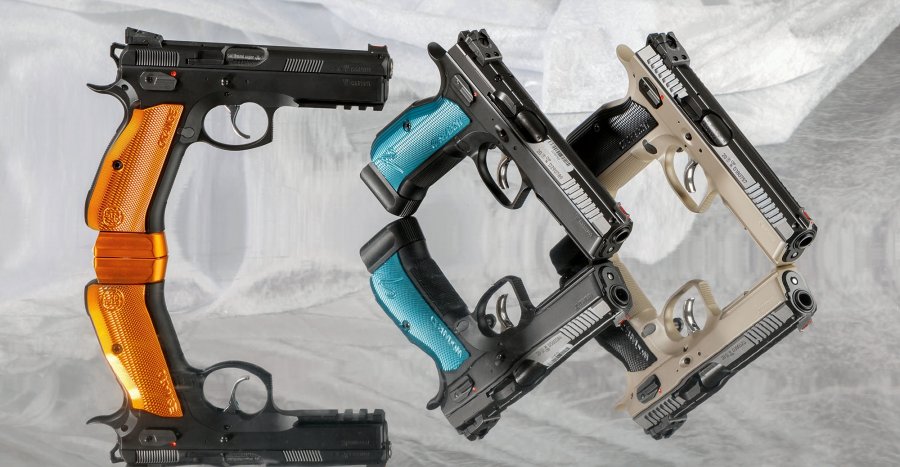
The sporty CZ Shadow series
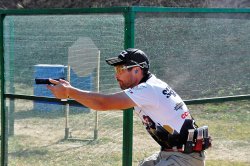
It already comes from the factory with high-level features, including blue aluminum grips and three magazines with enlarged pads. However, in addition to these features, the development process was consistently geared to the needs of dynamic shooters: as much mild shooting behavior as possible. The reason for this is that the recoil behavior of a handgun is always low, resulting in shorter shot-to-shot times, which is important in some disciplines. The total weight of a Shadow 2 is a whopping 1328 grams (of which 391 grams for the slide, 694 grams for the grip), which means an additional weight of well over 100 grams compared to a Shadow of the first production generation (grip around 600 grams, slide 335 grams). Due to the high dead weight and a suitable tuning of the slide cycling, a Shadow 2 has a very pleasant shooting behavior with regular sporting loads. Other innovations included the grip shape, especially in the upper area, and a slightly different arrangement and ergonomic shaping of controls. CZ has been releasing new model variants regularly since the Shadow 2's model launch: in addition to a version called Urban Grey, that comes with a gray grip and a black cap, CZ also offers the Shadow 2 OR, an Optics Ready variant that is designed to accept mini red dots. Thanks to an adjustable rear sight, the OR can compete in various free divisions of other associations in addition to the IPSC Production Optics division. With the new Shadow 2 SA, CZ now also has a pure single-action variant of its successful pistol series ready.
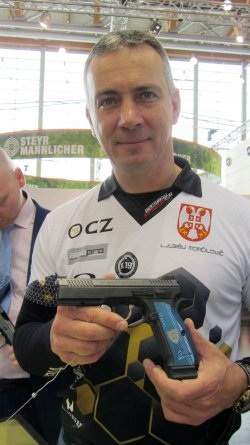
In addition to the Shadow series, which is primarily aimed at shooters in the IPSC Production Class, CZ also has candidates for the Standard Class and the Open Class in its catalog in the form of the TS and TS 2 series: the Tactical Sports series (TS), which has been built since 2005. Here, too, CZ did not introduce a successor series for the pistols of the first production generation until 2020. The new TS 2 series is currently available in three model versions, each with different equipment features and prices: The entry model into the TS world is the CZ TS 2. Like the Shadow pistols, this is a handgun with external hammer and a very heavy muzzle-length frame – but now with a pure single-action trigger. The TS 2 Racing Green already comes with a height-adjustable rear sight, thumb rest, extended magazine release and green anodized magazine bases. The top model is called Deep Bronze and features a matching Cerakote coating on the entire frame. It features even more refined equipment, such as a polished barrel, an adjustable magazine release-, and a flat slide release instead of a conventional slide stop. The entire model expansion in the CZ assortment shows that there is still a long way to go with the CZ 75 and its all-metal offshoots such as the Shadow and the TS series. The well thought of and reliable design of the all-metal 75s should continue to spawn more variant additions or even new models based on their technology in the future. The latest TS 2 generation, meanwhile, with its three models, shows that it is always possible to rethink older, proven designs in order to get a bit more ergonomics and detail improvement out of the existing.
Tanfoglio: noble guns based on the CZ 75 from Italy
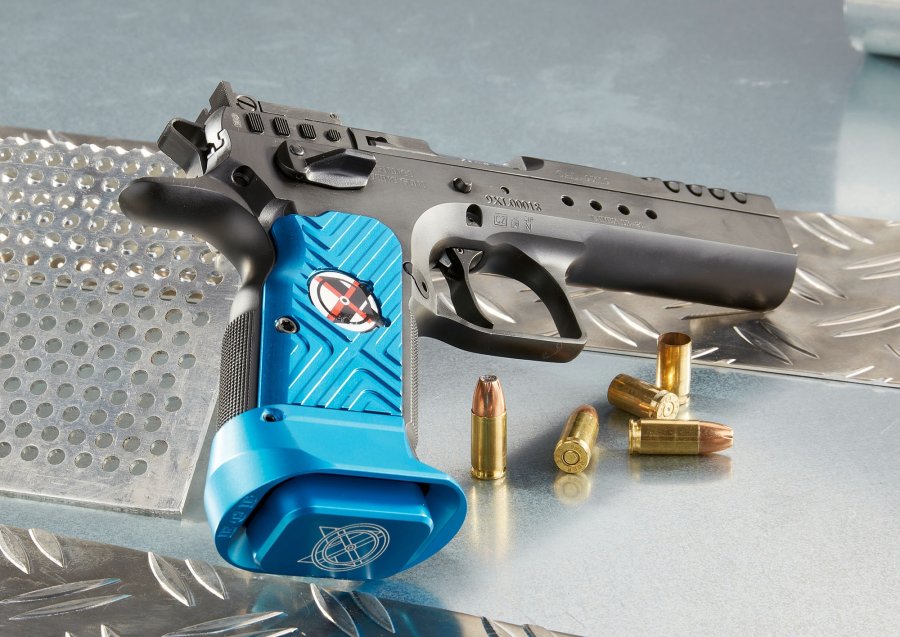
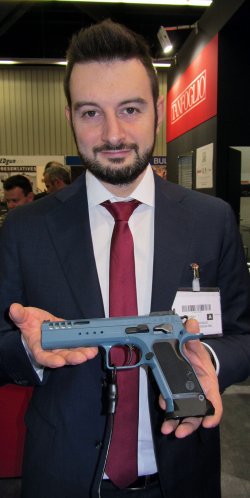
Fratelli Tanfoglio and Česká Zbrojovka, how does that fit together? Answer: very well! The manufacturer from Gardone Val Trompia in Italy has been making pistols for decades. The company's world-renowned sporting pistols in particular rely on the successful and established basic design of the CZ 75. The Italian manufacturer's all-metal pistols therefore also rely on a Browning system with a tilting barrel guided by a closed control cam. And locking is also accomplished using barrel lugs above the chamber that engage the corresponding recesses in the slide. Borrowings such as a muzzle-length dust cover, inner slide rails like a CZ frame, and a magazine well for double-stack magazines make Tanfoglio's semi-automatics popular in dynamic shooting disciplines.
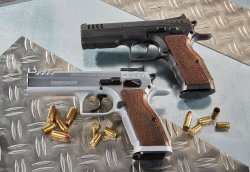
Back in the 1980s, the family-run company manufactured a semi-auto pistol that looks confusingly similar to the CZ 75: the TZ-75 – the name says it all. But the early TZ versions, despite their own charm, were not yet as equipped for those shooting sports disciplines as today's pistols. Then, in the 1990s, a serious sporting version came on the market with the TA95 L models. In the years to come – also due to the sporting success – especially the sporting all-metal pistols with their heavy muzzle-length frame established themselves in areas of dynamic shooting such as IPSC, IDPA and USPSA. As a result, Tanfoglio pistols have been successfully marketed in the U.S. for many years. The European American Armory (EAA) company has specialized in sales there and has given the Italian semi-autos the series name Witness.
Phoenix: special pistols from Switzerland
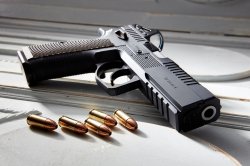
From the Swiss village of Matten near Interlaken, semi-automatic pistols which unmistakably draw on the basic technical design of the CZ 75 have been coming since 2018 from the Phoenix company. Actually, one could also write: "Since 2018, semi-automatic pistols have been coming out again." This is because Phoenix CEO Armin Landolt had sporting pistols of comparable design manufactured years earlier under the name Sphinx. Back in the 1980s, IPSC sport shooter Landolt turned to CZ technology to manufacture the Sphinx 2000. The semi-automatic pistol still looks confusingly similar to a regular CZ 75. It also shares its technical advantages: sn ergonomic grip for double-stack magazines, the tried-and-true mix of single-double action trigger alongside external safety and, of course, all-metal construction. Another milestone was the introduction of the Sphinx 3000 after the turn of the millennium. From now on, main assemblies milled from solid metal were established and the model received one of the typical tactical frames with muzzle-length and solid dust cover, but in modular frame construction. This was because the Sphinx 3000 already allowed the customer to choose whether the lower frame (grip and trigger guard) should be made of steel or titanium. The pistol also reinforced the reputation that Sphinx always manufactures high-quality finished pistols. In 2010, the Kriss Group acquired the Sphinx brand name. But in 2016, Sphinx Systems AG eventually went bankrupt.
Today, the fledgling PHX Phoenix AG builds two main lines called Fusion and Redback. Both handguns, meanwhile, rely on a hybrid frame – a concept many already know from the Sphinx 3000. The Redback model relies exclusively on a hybrid metal frame. The following metal combinations of upper and lower frame are offered: Steel/Steel, Steel/Alu (Light), Alu/Alu (Ultralight). The customer can choose between a Double Action or a SAO trigger and a Duotone or a pure Black finish. The less expensive Phoenix Fusion also uses a hybrid frame, but unlike the Redback, it combines the lighter polymer material. The combination of the Fusion frame is always the same: an aluminum upper, which guides the steel slide, is joined to a polymer sub-frame. The Fusion series is offered in several versions: the ST model is the standard version with a 115.5 mm barrel. The TA is a Tactical version in a compact design, but with a long grip. It weighs less (800 grams), has tactical sights and a shortened barrel (95.5 millimeters) and slide. The "CO" is a compact version with a shorter barrel, but also comes with a shorter grip. Unlike the larger Fusions, the CO takes 15-round magazines. Carry optic versions of both the Fusion and Redback are available, allowing the use of red dot sights, and optics factory versions that come directly with branded sights mounted for an additional cost. Phoenix pistols are offered in 9x19 mm Luger and 9x21 mm calibers.
And even more models based on the CZ 75
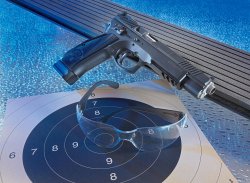
The German trading houses Frankonia and Albrecht Kind (AKAH) have been offering special CZ-based models for target sports for years. With the Mamba and the Kobra, Frankonia has IPSC versions based on Shadow 1 from its in-house Pro-Tuning Center ready. For fans of static precision disciplines, there are also some models such as the single-action longslider Taipan with the heavy SP-01 frame. AKAH also offers two long-barreled exclusives for static target sports, the CZ 75 SP-01 6.1 and the CZ 75 SP-01 6.1 SA (with single-action trigger). Other manufacturers have made some changes. For example, the pistols from the Turkish manufacturer Canik, which are based on the classic 75, have disappeared from the current range. About five years ago, Canik was still making 75 clones in the form of the MKEK and P series.
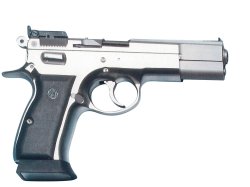
The British manufacturer JSL Hereford Limited also manufactured 75 clones in the 90s, but in the upper price segment. Its 75s went by the well-known model name Spitfire. The handguns were available in a full-size version with a 120-mm barrel, but the company also offered compact and competition guns under its boss John Slough. Copies of the 75 also came to Europe from China in the 1990s. The arms manufacturer Norinco made its own interpretation of the CZ under the abbreviation NZ (75). Priced cheaply, the gun was not considered a miracle of workmanship and had a sluggish trigger, but its accuracy was not bad at all.


